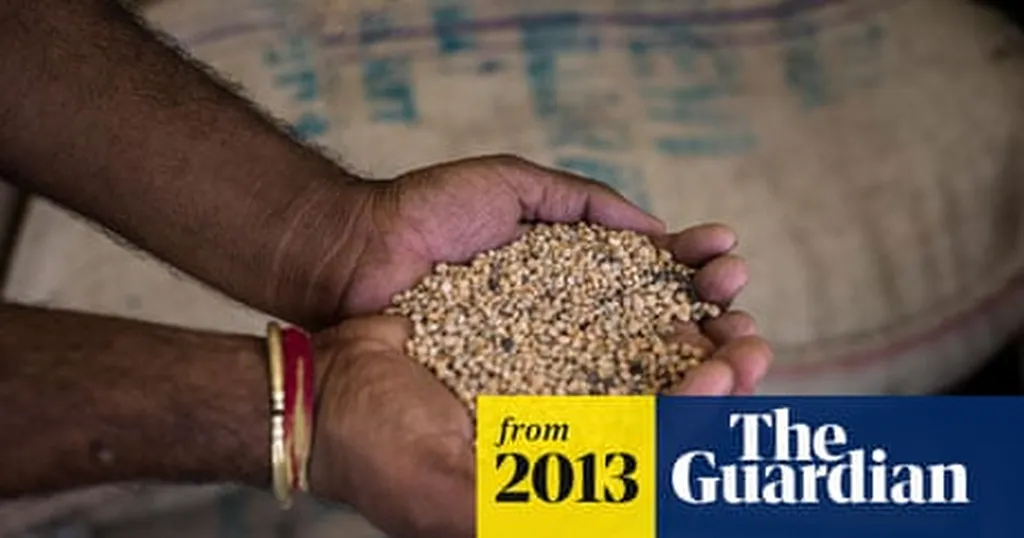In the heart of Russia’s potato breeding scene, a groundbreaking study is stirring excitement and promising to reshape the industry. Dr. D. I. Volkov, a leading expert from the Federal State Budget Scientific Institution «Federal Scientific Center of Agricultural Biotechnology of the Far East named after A.K. Chaiki», has been delving into the intricate world of potato hybrids, with a focus on their suitability for processing. His research, published in the esteemed journal ‘Овощи России’ (translated to English as ‘Vegetables of Russia’), is shedding new light on how to create the perfect potato for the processing market.
The study, which evaluated 589 potato genotypes from seven hybrid combinations, is a significant step forward in understanding how to breed potatoes that are not only high-yielding but also perfect for processing into products like chips and fries. “The absence of specialized varieties could be explained by the difficulty of the combination of numerous desirable traits in one genotype,” Volkov explains, highlighting the complexity of the task at hand.
The research team found that the distribution of hybrids by tuber shape didn’t follow a distinct pattern, but they did observe some intriguing trends. For instance, they noted that when parental forms with red flesh were included in hybridization, there was a splitting of skin color in the combinations. Moreover, most of the studied populations were characterized by a shallow depth of eyes, and yellow flesh dominated over white, creamy, and pale yellow ones.
One of the most promising findings was the high occurrence of hybrids with a minimum content of reduced sugars (below 0.25%) in the population VR 808 × Karmen (83.9%). Reduced sugars are a critical factor in potato processing, as they contribute to the color and taste of the final product. “The highest number of hybrids with a minimum content of reduced sugars was noted in the population VR 808 × Karmen,” Volkov reveals, underscoring the potential of this combination for the processing industry.
The study also found that highly suitable hybrids, selected by the color of fried potato slices, were present in all the combinations except for Innovator x Vympel. The combinations with the highly suitable variety VR 808 and unsuitable varieties Karmen and Ibis showed the highest occurrence frequency (14.5-19.5 %) of forms with the golden color of fried potato slices (8-9 points).
The implications of this research for the potato processing industry are substantial. By understanding how different hybrid combinations inherit desirable traits, breeders can more effectively create varieties that are tailored to the needs of processors. This could lead to higher yields, better quality products, and ultimately, increased profits for the industry.
As Volkov puts it, “The evaluation of the hybrid combinations allowed us to select potato hybrids with high quality of potato chips depending on the color in the crossings like ‘highly suitable genotype х moderately suitable genotype’ and ‘suitable genotype х unsuitable genotype’.” This insight could be a game-changer for breeders and processors alike, opening up new possibilities for innovation and growth in the sector.
The study also found a high positive correlation between the mean point score of the slice color in the progeny and the percentage of the highly suitable forms (r=0.881). This suggests that by selecting for slice color, breeders can increase the likelihood of producing highly suitable varieties for processing.
In conclusion, this research is a significant step forward in the quest to create the perfect potato for processing. By providing a deeper understanding of the inheritance of desirable traits in potato hybrids, it paves the way for more targeted and effective breeding strategies. As the global demand for potato products continues to grow, this research could not have come at a better time. It offers a tantalizing glimpse into the future of potato breeding and processing, one where the perfect potato is not just a dream, but a reality within reach.

